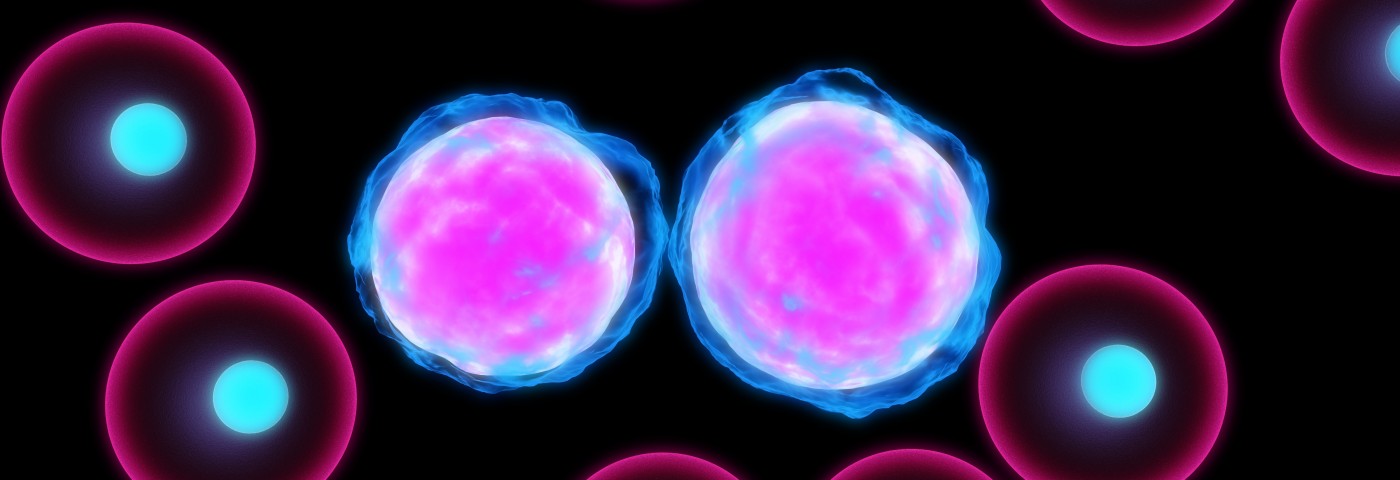Promising results from what is believed to be the first patient treated with nivolumab after allogeneic stem cell transplantation (alloSCT) has recently been reported in a case study titled “Nivolumab in a patient with refractory Hodgkin’s lymphoma after allogeneic stem cell transplantation,” published in Bone Marrow Transplantation journal.
Hodgkin’s lymphoma (HL) is a neoplastic disease, of lymphoid origin, that can initially be successfully treated in more than 75% of patients with chemotherapy, usually in combination with radiation. Relapsed or refractory (r/r) patients tend to respond well to high-dose therapy and stem cell transplantation, with the antibody-drug conjugate brentuximab bedotin (BV) showing promising results. In highly refractory cases, allogeneic stem cell transplantation (alloSCT) is considered a therapeutic option for eligible patients.
In this particular study, an 18-year-old man was diagnosed with classical Hodgkin’s lymphoma (HL) with mediastinal and hilar lymph nodes, exhibiting a middle lobe of the lung that corresponded to a stage IV B (fever) disease. The patient’s condition, refractory to multiple therapies such as alloSCT or BV, deteriorated after treatment with CEVD (lomustine, etoposide, vindesine, dexamethasone) chemotherapy. In need for a new liver and showing bone lesions, the patient was seen as deteriorating progressively with increased nausea, loss of appetite, severe B symptoms, and significant loss of weight.
Considering the high response rates of nivolumab in r/r HL, the medical team decided to start an off-label therapy with nivolumab, an anti-PD1 antibody. Previous studies had reported that checkpoint inhibition by nivolumab proved a significant overall response rate of 87%, including 17% of complete remissions in 23 patients with r/r HL.
The patient consented to receiving a single dose of nivolumab at 3 mg/kg in June 2015. The treatment was well tolerated with a mild fever during the first two hours, which was recorded as the only side effect. After the first week of nivolumab administration, the patient’s B symptoms went away and his clinical condition improved dramatically over the following weeks. Importantly, there was no evidence of GVHD (graft-versus-host-disease) induction.
These clinical results suggest PD1 inhibition could become an effective means of unleashing a graft-versus-tumor effect in the immunosuppressive microenvironment of HL. However, more research is necessary, as this study was solely based on a single experience of nivolumab’s off-label use.


